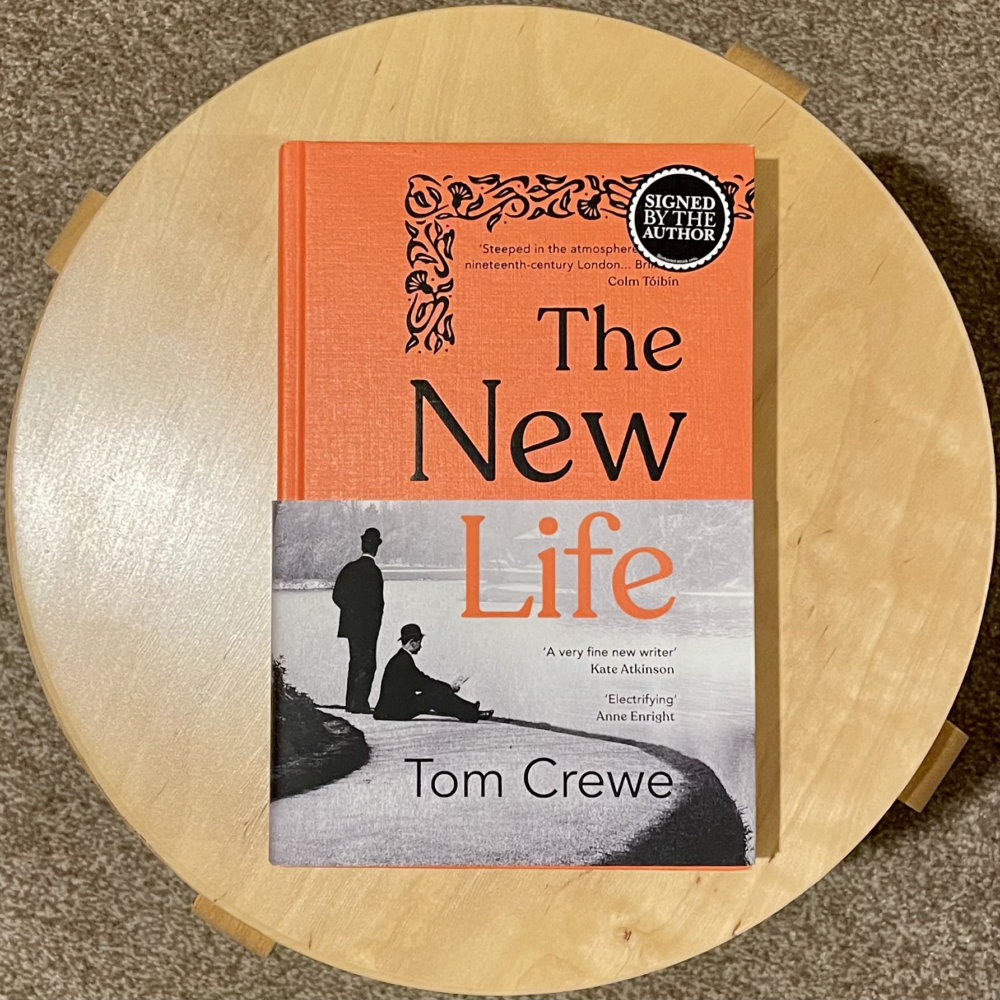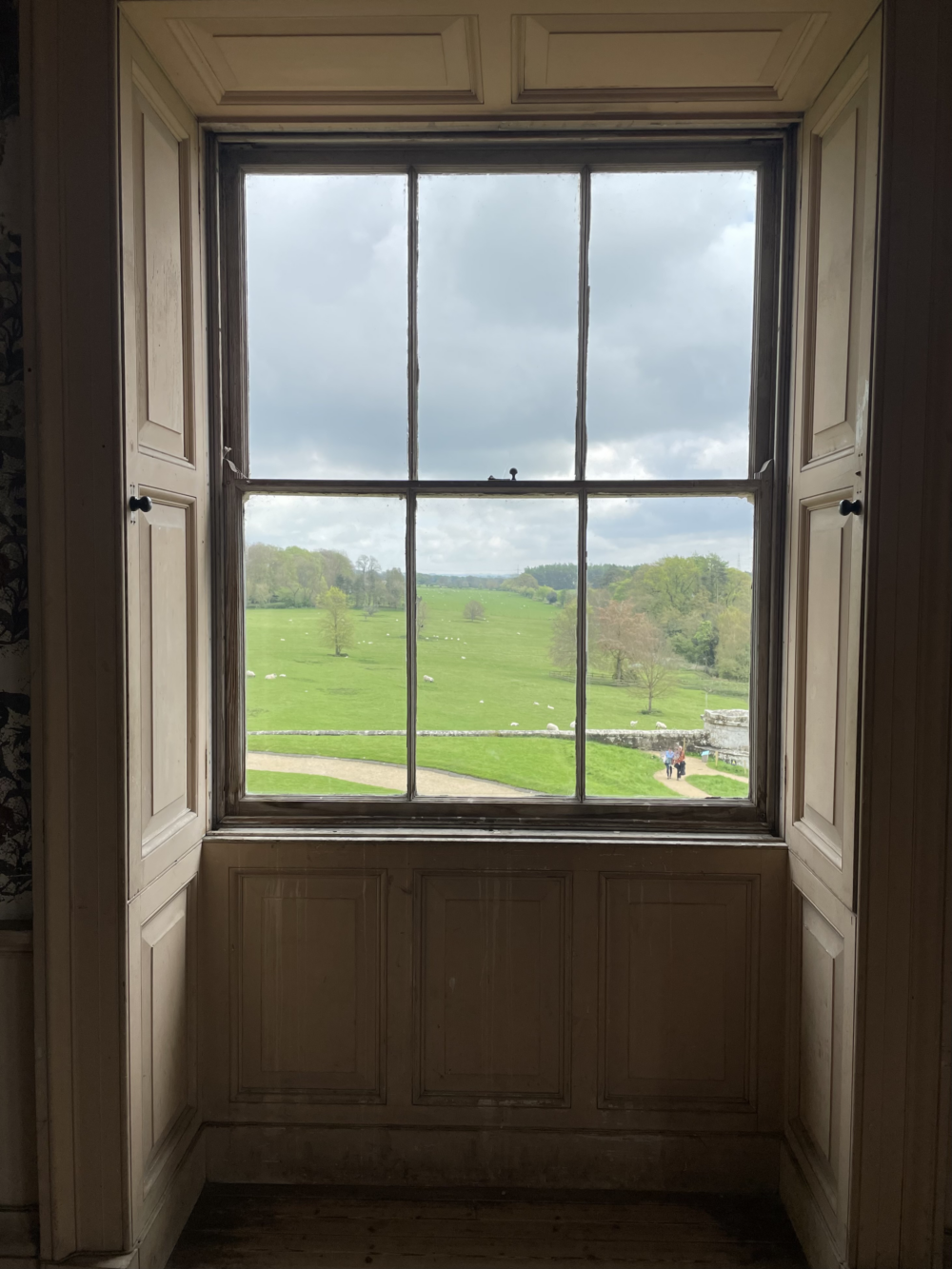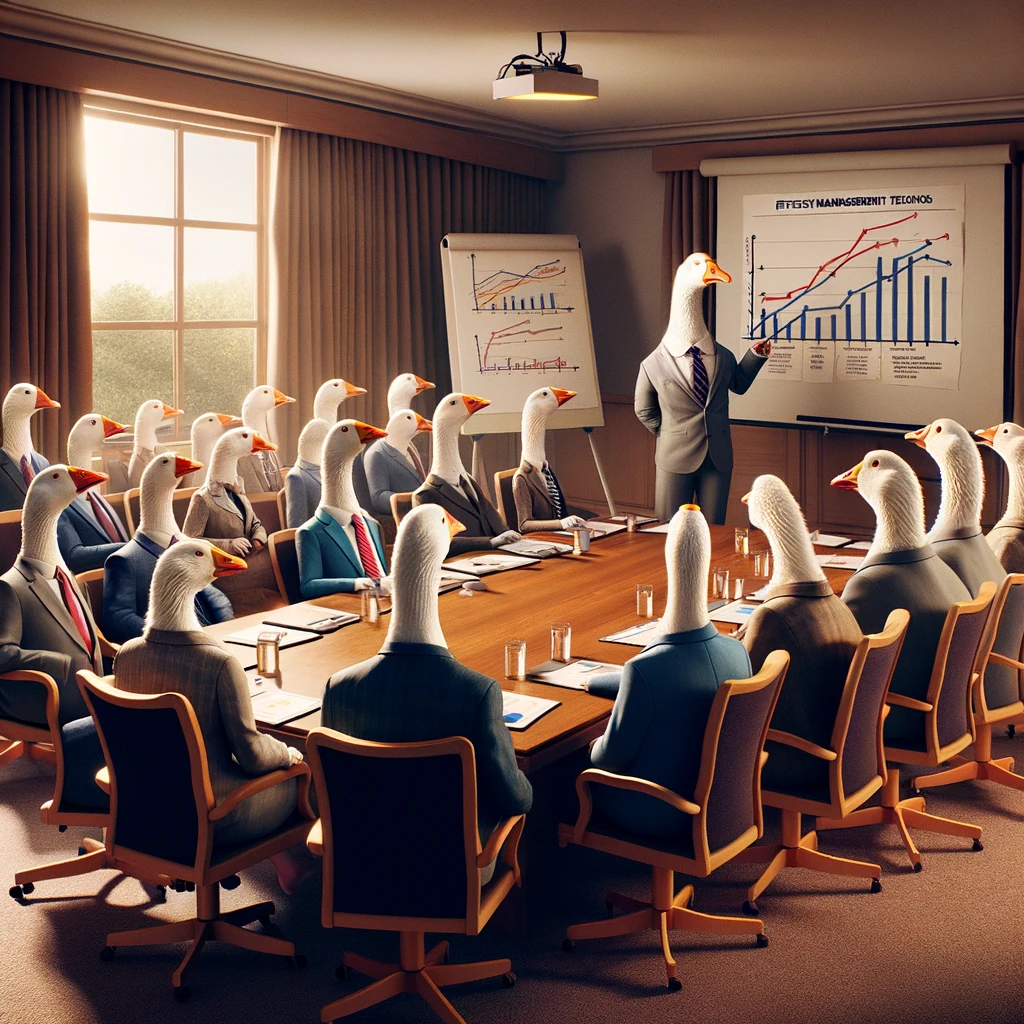Oliver Burkeman shared the following riddle—which was new to me—in the latest edition of his newsletter, The Imperfectionist:
Imagine you’ve come into possession of a live goose, trapped in a large glass bottle. (Don’t ask how or why.) The animal has plenty of room in the bottle, and air to breathe, but the neck of the bottle is much too narrow for the goose to pass through. Your job is to remove the goose from the bottle without harming it, and without breaking any glass.
Perhaps you’ll laugh this off as obviously impossible. Or narrow your eyes and furrow your brow, as you try to figure out what you’re missing. In fact, the problem is neither impossible nor difficult. It’s easy. First, imagine the goose is outside the bottle.
Actually, there are no further steps. That’s it. You did it!
I know, I know: incredibly annoying. But I think the goose-in-the-bottle scenario encapsulates a crucial and liberating lesson about the way that a certain kind of person – me, and maybe you too – tends to overcomplicate things, when it comes to meaningful productivity or psychological growth.
A couple of weeks ago, I bumped into a friend who reminded me of a management and leadership course we took together twelve years ago. It was memorable because our impressions of the course were polar opposites: she had loved it, and I… hadn’t.
We spent a painful half-hour on that course working through an exercise sorting playing cards into a specific order in the fastest possible time. The ‘trick’ we were supposed to realise at some point during the exercise is that no-one instructed us to shuffle the cards between rounds, and so once we had sorted them, we could complete the next round of the ‘task’ instantly.
This was a long-winded, activity-based attempt to make the same point as the goose-in-the-bottle: We sometimes impose our own unstated, unquestioned rules, which can make life more difficult than it needs to be. We ought to be open-minded and actively question our assumptions.
The ‘goose-in-the-bottle’ allegory made me see this point entirely: it felt like a bit of an epiphany. The exercise with the playing cards left me mostly annoyed, and only with a background awareness of the point it was trying to make. Yet, I suspect for many people, including my friend, the opposite would be true: they’d find the goose-in-the-bottle annoying and the playing cards illuminating.
I’m occasionally guilty of inwardly rolling my eyes when people say things like ‘I’m a visual learner’—after all, we all learn in lots of different ways all the time. And yet, this example showed me the power of how different techniques can connect more directly with different people, and how getting the message across powerfully can depend on picking the right one.
- In fact, in an illustration of why I did not enjoy this course, the tutor did, in fact, tell me that I had to shuffle the cards between rounds when I attempted this ‘trick’ too early in the exercise, completely undermining the point of the activity. ↩
The image at the top of this post was generated by DALL·E 3.













